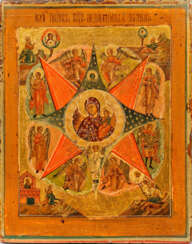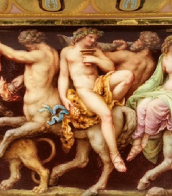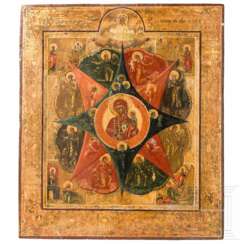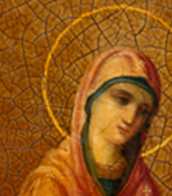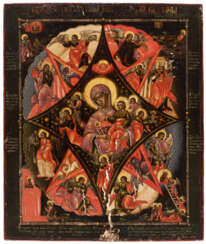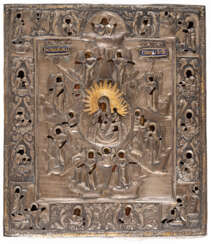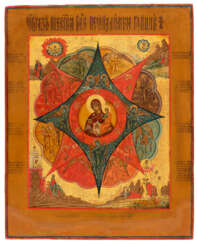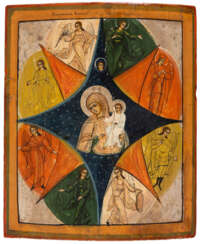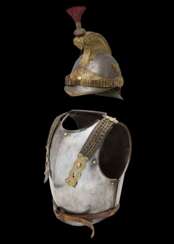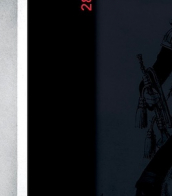94 Items by auctions and galleries:
busch
Lot 5016 Helm für Offiziere des Dragoner-Regiments Nr. 16, mit Haarbusch
A106us: A US Lifetime Headgear Collection and other Imperial and WW II Collectibles 

Hermann Historica
A106us: A US Lifetime Headgear Collection and other Imperial and WW II Collectibles
Date: 08.11.2025 14:00 UTC +01:00
Number of lots in the catalog: 511
Lot 1833 Otto Dill
Otto Dill (1884 - 1957) 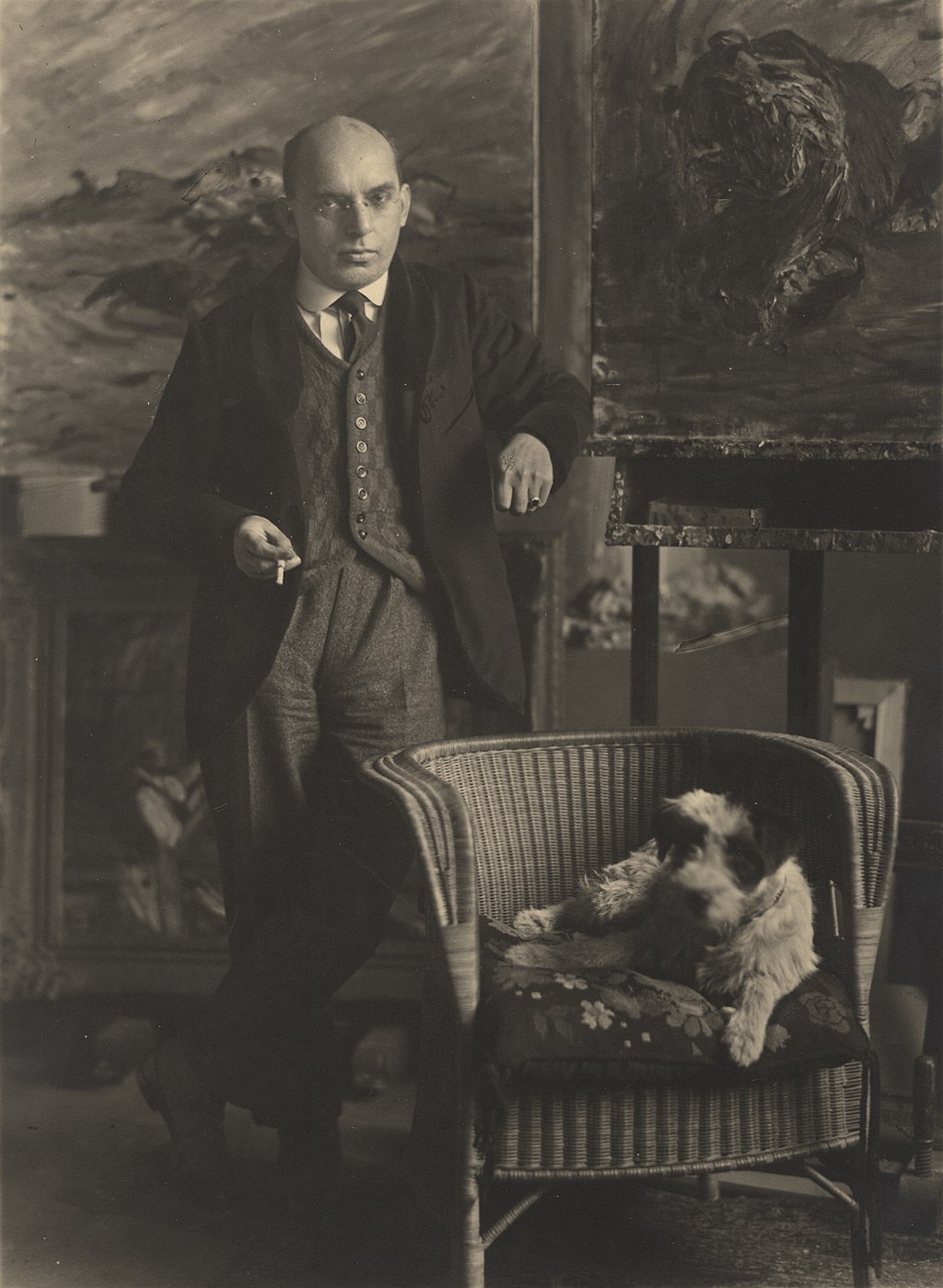 A195: Internationale Kunstauktion — Teil 2
A195: Internationale Kunstauktion — Teil 2 

Otto Dill
04.06.1884 - 06.07.1957
Germany
Otto Dill was a German painter. His work was part of the art competitions at the 1928 Summer Olympics and the 1932 Summer Olympics.

Kunstauktionshaus Schloss Ahlden GmbH
A195: Internationale Kunstauktion — Teil 2
Date: 06.12.2025 10:00 UTC +01:00
Number of lots in the catalog: 1053



